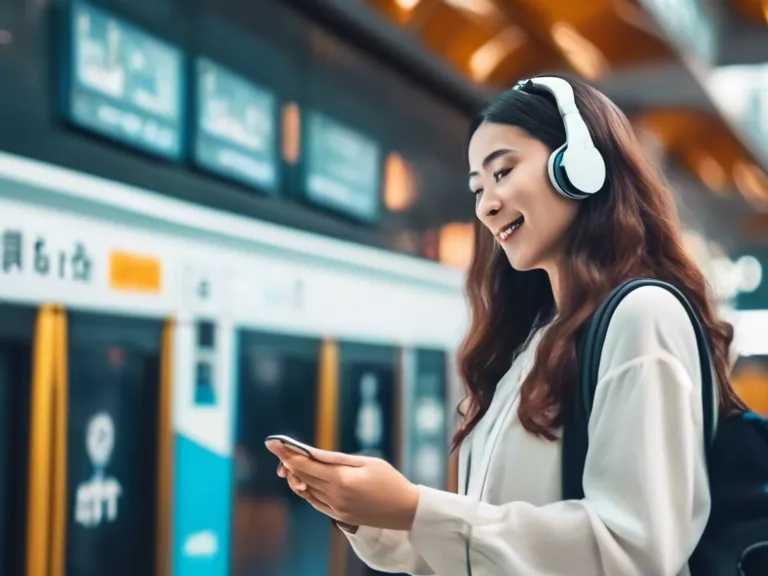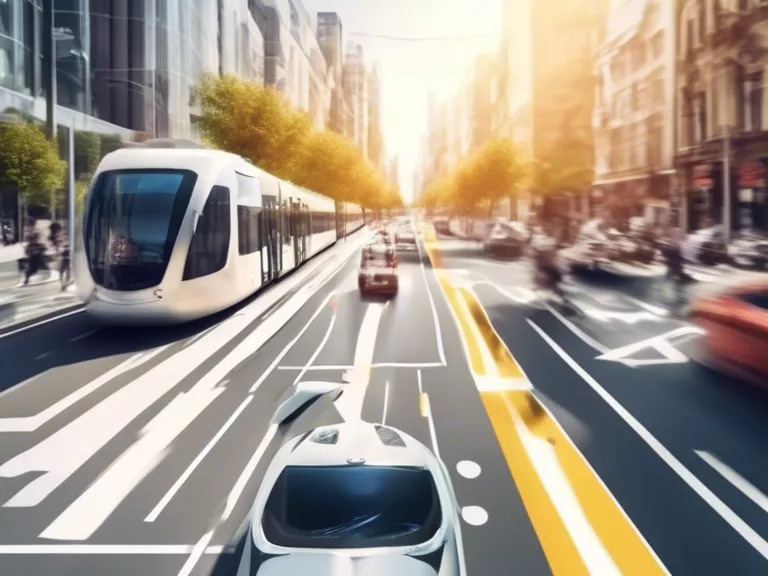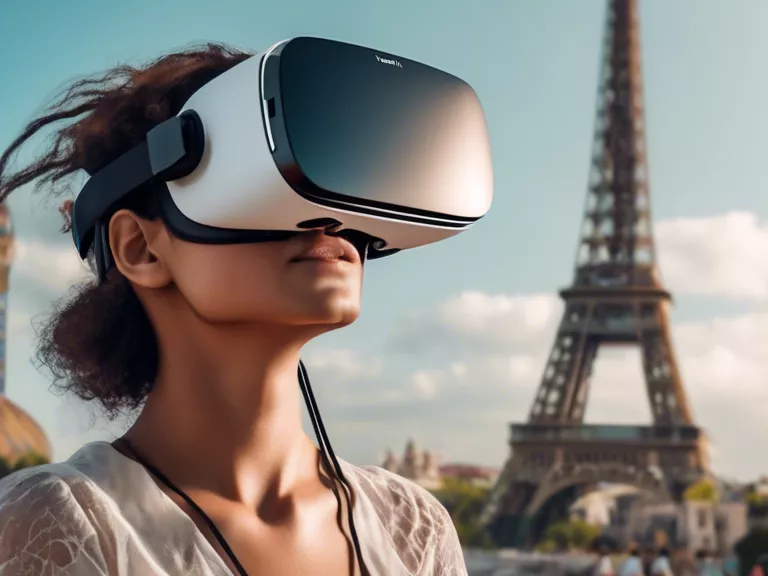
In today's rapidly globalizing world, being able to communicate effectively with people from different linguistic backgrounds is crucial, especially for travelers. Language barriers can hinder meaningful interactions and connections, but thanks to advances in artificial intelligence (AI), translation devices are now bridging these gaps.
AI-powered translation devices are revolutionizing the way travelers navigate foreign countries. These devices utilize deep learning algorithms to quickly and accurately translate spoken language in real-time, allowing for seamless communication between individuals who speak different languages. Whether it's asking for directions, ordering food, or engaging in conversation with locals, these devices make it easier for travelers to communicate and connect with others while abroad.
One of the key advantages of AI-powered translation devices is their ability to support multiple languages, making them versatile tools for any traveler. With the ability to translate dozens of languages on the fly, these devices are essential for those exploring regions where they may encounter diverse language barriers. Additionally, some devices even offer offline translation capabilities, ensuring travelers can communicate even in areas with limited internet connectivity.
Another benefit of AI-powered translation devices is their ease of use. Most devices are compact, portable, and user-friendly, making them convenient travel companions. Whether you're backpacking across Europe or exploring Asia, having a translation device on hand can make your journey smoother and more enjoyable.
In conclusion, AI-powered translation devices are transforming the way travelers communicate and connect with people from different cultures. By breaking down language barriers, these devices are enhancing cross-cultural interactions and encouraging meaningful exchanges between individuals. As technology continues to advance, the future looks bright for travelers seeking to explore the world without the constraints of language barriers.



